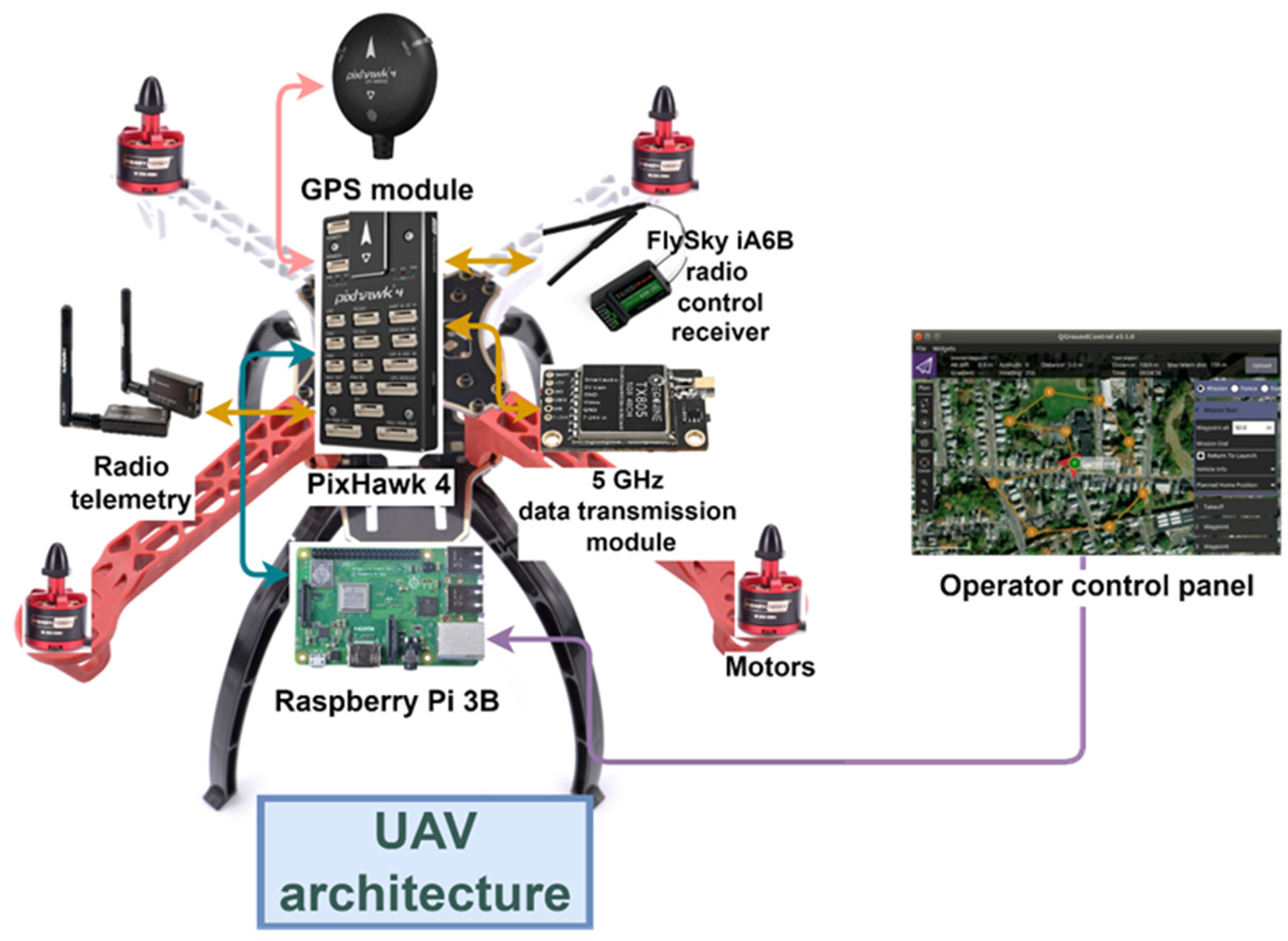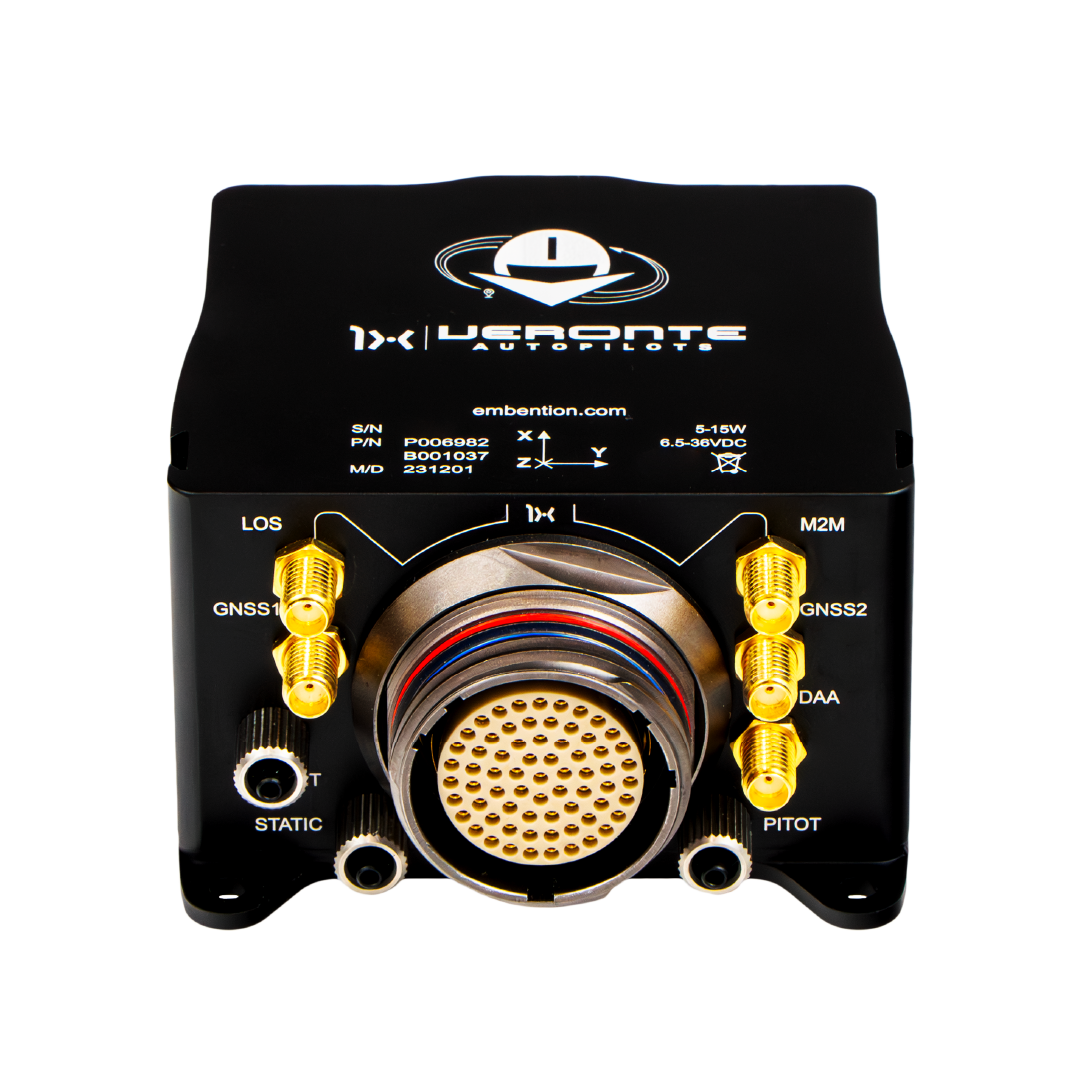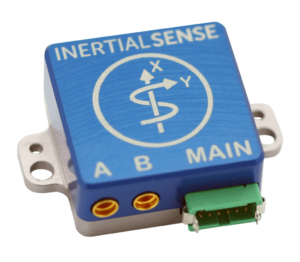Unrivaled Accuracy: SparkNavi Drone Flight Controller and GNSS/INS Made in Taiwan
Unrivaled Accuracy: SparkNavi Drone Flight Controller and GNSS/INS Made in Taiwan
Blog Article
Checking Out the Duty of Drone Flight Controllers in Enhancing Trip Stability and Navigation Efficiency
The development of drone technology has significantly boosted the relevance of flight controllers, which work as the mind of these aerial lorries. By integrating real-time information from a variety of sensing units, flight controllers enhance trip security and navigation effectiveness, making sure that drones can run smoothly even in complicated environments. This discussion will explore the essential components that contribute to these improvements, in addition to the ramifications for the future of autonomous trip. What technologies exist in advance that could better transform the abilities of drone trip controllers?

Recognizing Trip Controllers
Trip controllers are indispensable parts in the functioning of drones, functioning as the brains that stabilize and take care of flight operations. These advanced devices process data from different sensors, consisting of accelerometers, gyroscopes, and GPS, to ensure that the drone preserves its designated flight course. The trip controller translates this data and performs commands based upon pre-defined formulas, enabling the drone to reply to ecological changes, such as wind or barriers.
The main feature of a trip controller is to keep security during trip. It accomplishes this by making real-time modifications to the drone's motors and control surfaces, ensuring equilibrium and control. In addition, modern-day flight controllers integrate sophisticated functions such as waypoint navigation, enabling automated flight paths and boosted functional performance.
Recognizing the style of trip controllers is critical for both enthusiasts and specialists. They generally include a microcontroller, firmware, and different interfaces for sensor input and communication. As technology advances, flight controllers have actually ended up being extra small and capable, incorporating synthetic knowledge to boost decision-making processes and adjust to complex trip scenarios. This development represents a pivotal development in the drone sector, leading the way for extra advanced applications and safer procedures.
Secret Elements of Flight Security
Achieving optimal flight stability in drones relies upon numerous vital components that function in show to ensure smooth and controlled procedures. Central to this security is the flight controller itself, which refines information from numerous sensing units to preserve the wanted flight mindset. This consists of accelerometers and gyroscopes that measure movement and orientation, allowing for real-time changes to the drone's position.
An additional important part is the digital rate controllers (ESCs), which regulate the power provided to the electric motors. By finely adjusting electric motor speeds in feedback to flight controller commands, ESCs aid keep balance and neutralize disruptions brought on by wind or unexpected activities.
Additionally, the layout of the drone's framework plays a pivotal function in trip stability. A well-structured framework lessens resonances and enhances the total aerodynamic profile, adding to smoother trip qualities. The assimilation of sophisticated formulas within the trip controller help in anticipating adjustments, ensuring a versatile and responsive flight experience.
Together, these parts create a natural system that improves a drone's stability, permitting specific handling and boosted efficiency in numerous flight problems.
Navigating Performance Techniques
Effectiveness in navigating is important for optimizing drone procedures, especially in intricate atmospheres. Effective navigating techniques enhance the capacity of drones to traverse tough surfaces and stay clear of obstacles, consequently boosting operational effectiveness and safety.
One popular method is the execution of innovative general practitioners and inertial dimension systems (IMUs) that give his response precise area monitoring and positioning information. These modern technologies permit drones to compute optimum flight paths in real-time, thinking about different aspects such as wind problems and possible challenges.
One more strategy includes the use of algorithms for course preparation and optimization. Algorithms such as A * and Dijkstra's formula can be released to establish one of the most reliable course while lessening power intake and trip time. Moreover, incorporating artificial intelligence versions can enable drones to adaptively discover from their settings, boosting navigating capacities with experience.

Influence on Autonomous Drones
The combination of advanced navigation methods has actually greatly changed the capabilities of independent drones, enabling them to operate with greater freedom and precision. SparkNavi drone flight controller and GNSS/INS made in taiwan. These enhancements are largely credited to sophisticated trip controllers that use real-time data handling and sensing unit combination, permitting drones to navigate complex settings seamlessly
The effect on autonomous drones prolongs beyond mere navigating; it encompasses boosted obstacle evasion, improved security throughout dynamic problems, and boosted mission integrity. By leveraging formulas that integrate machine knowing and expert system, drones can adapt to transforming conditions, making educated decisions that enhance their trip paths while decreasing dangers.
Furthermore, the implementation of durable flight controllers has facilitated the execution of complex jobs, such as airborne assessments, delivery solutions, and agricultural surveillance, with minimal human treatment. This ability not just enhances operations but also reduces human error, therefore boosting total safety.
Consequently, the functional scope of self-governing drones has actually increased dramatically, making them crucial tools in various markets. Their capacity to carry out successfully in diverse scenarios underscores the critical Look At This duty that advanced flight controllers play in shaping the future of unmanned airborne systems.
Future Patterns in Flight Control
Often, advancements in trip control modern technology are poised to redefine the landscape of drone procedures in the coming years. Arising trends indicate a considerable change in the direction of enhanced expert system (AI) combination, making it possible for trip controllers to process real-time information extra efficiently. This evolution will help with improved decision-making capabilities, allowing drones to adjust to vibrant environmental conditions autonomously.
Additionally, the application of maker knowing algorithms is expected to boost anticipating maintenance, thereby minimizing downtime and extending the lifecycle of drone components. This proactive strategy to maintenance will be crucial as drone applications expand across various industries, from farming to logistics.

.png)
Finally, developments in safe and secure interaction protocols will deal with security and regulative worries, making certain that drones can run perfectly in congested airspaces (SparkNavi drone flight controller and GNSS/INS made in taiwan). Collectively, these trends point in the direction of a future where trip control systems are not only smarter and much more effective however likewise capable of operating safely in a progressively integrated airspace
Conclusion
In verdict, drone flight controllers are important to enhancing flight stability and navigation performance via the sophisticated processing of sensing unit information. By keeping ideal trip perspectives and utilizing advanced algorithms for course optimization and barrier avoidance, these controllers substantially add to the freedom and operational safety of drones. As innovation remains to progress, better advancements in trip control systems are prepared for, guaranteeing better efficiency and increased capacities in the realm of unmanned aerial automobiles.
By incorporating real-time data from a variety of sensors, flight controllers boost trip security and navigating effectiveness, making sure that drones can operate smoothly even in intricate settings.Trip controllers are integral parts in the performance of drones, serving as the brains that maintain and handle flight operations. Additionally, modern trip controllers incorporate advanced attributes such as waypoint navigating, enabling for automated trip courses and improved operational efficiency.
Central to this stability is the trip controller itself, which processes information from different sensors to keep the preferred flight perspective.In final thought, drone trip controllers are integral to boosting trip stability and navigating performance through the advanced processing of sensor data.
Report this page